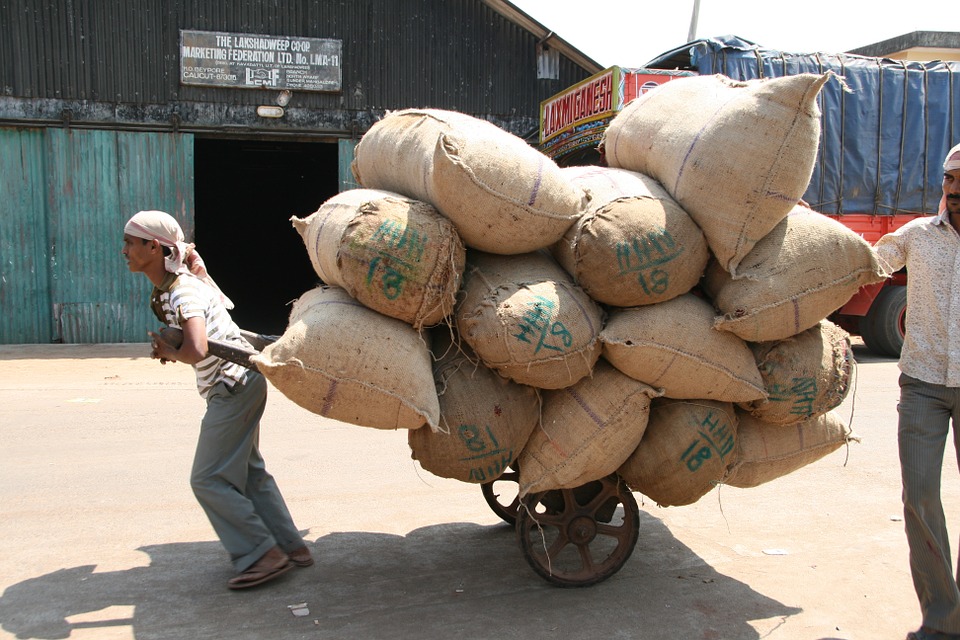
Countering India’s labour market imbalances
With less than a year remaining for 2019 Lok Sabha elections, the issue of jobs has come into focus. While economic growth has been impressive over the last couple of decades, job creation has been relatively slow. The increase in the share of young adults in the total population often called India’s “demographic dividend”, has turned out to be a problem rather than an asset.
Whether or not job creation has slowed down in recent years has been debated vigorously, primarily owing to the poor quality of jobs data. However, a recent Mint article by Udayan Rathore and Pramit Bhattacharya, drawing on multiple data sources, clearly shows that job opportunities in India are, at present, limited, with the average annual addition to regular jobs during 2012-16 falling to 1.5 million from 2.5 million in 2004-12. Besides, the authors show that job creation in India’s organized manufacturing sector experienced a sharp fall in 2012, later recovering only to a level considerably below any prior year during 2006-12. Furthermore, the share of regular workers with any form of social security has declined from 45% in 2011-12 to 38% in 2016.
The observation by some commentators about India’s jobless growth isn’t new. NITI Aayog’s Action Agenda (AA), published over a year ago, attempted to counter that claim. It argued that the unemployment rate, calculated by whichever method one likes, has been fairly low. According to the AA, underemployment and poor job quality have been the real problems. While nobody doubts the seriousness of these problems, the unemployment issue cannot be disregarded. No formula for the unemployment rate factors in India’s low labour force participation rate—the proportion of working-age people looking for jobs or working. It stands at its lowest in two decades, at 54%, compared to 62% in the late 1990s (it is currently around 70% in Brazil, China and Indonesia).
The AA, however, has provided several good ideas for job creation, including labour law reforms at the state level, recognizing the difficult national political landscape as well as the wide cross-state variation in the nature of political constraints. Recent progress in this regard includes raising the minimum firm-level employment threshold for the application of the Industrial Disputes Act (that puts severe constraints on the hiring and firing of workers) from 100 to 300 workers in Andhra Pradesh, Haryana, Madhya Pradesh, Maharashtra, Rajasthan and Uttarakhand. The AA has also identified labour-intensive sectors, such as apparel, electronics, food processing, gems and jewellery, financial services, and tourism, where employment needs to be encouraged. Furthermore, the report emphasizes the role of exports in job creation and recommends establishing coastal employment zones (CEZs), similar to China’s special economic zones (SEZs), which need to be provided with relatively flexible regulatory schemes for land and labour.
The recent increase in tariffs on entry-level labour-intensive products, however, amounted to India’s open acceptance of failure to grasp its natural comparative advantage. But this situation will probably be rectified, at least partially, by a recent national labour-law reform. This reform allows workers to be employed on fixed-term contracts at wages and benefits similar to those of permanent workers, thereby providing producers flexibility in responding to demand and technology shocks to compete with their foreign rivals.
Source: Live Mint
